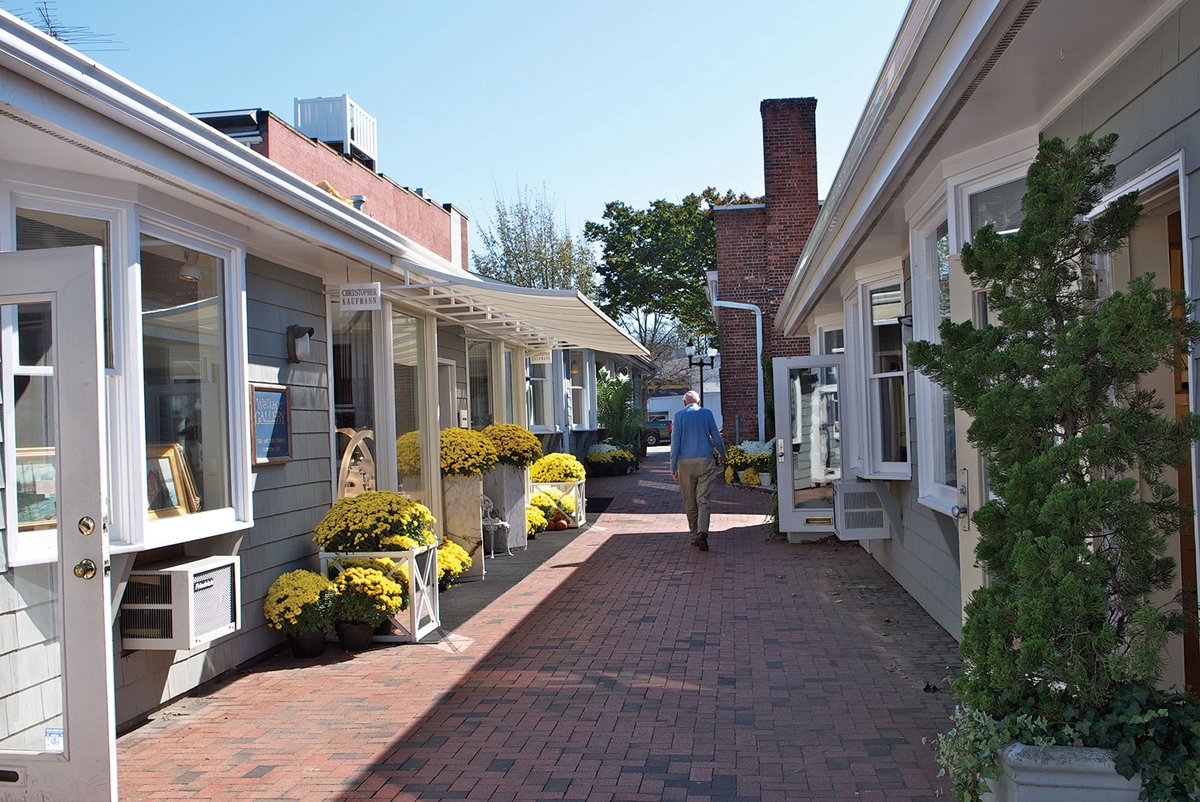As the art world adapts to a reality where bricks-and-mortar galleries can pose a health risk and grows more comfortable with online sales, many dealers are wondering if it is worth the steep rent to stay in New York. What was once known as a traditional gallery district could be a thing of the past in the wake of Covid-19 as art hubs begin to decentralise rapidly in favour of more remote or temporary spaces.
Shani Strand of Housing gallery says she is excited by the trend. Housing has been operating itinerantly for the past two years since its original building in its original Brooklyn neighbourhood was sold without notice. Strand says that decentralisation is ultimately a good thing for galleries as it “allows you to introduce new ideas about outreach and communities” and to reprioritise what contemporary art can do. Moreover, “we’re able to curate with continuous ideas and varying interests over more realistic courses of time”, she says, rather than needing to programme an ongoing schedule of shows just to keep sales up and lights on.
The migration out of Chelsea started before the virus spread. Indeed, the well-documented move of major mid-tier galleries Uptown or to the Tribeca area in Lower Manhattan has been ongoing for a few years. But even international blue-chip firms are now considering sites further afield from the main gallery drag, post-pandemic.
Hauser & Wirth just announced that it will open a new two-story outpost in July in Southampton on New York’s Long Island. It follows Pace, Skarstedt, Van de Weghe Fine Art, Sotheby’s and the newly formed Alone Gallery—co-founded by Max Levai, who formerly headed up Marlborough. All have opened spaces in the Hamptons, the costly coastal community about an hour outside of New York to which their collector base fled when the city shut down in March.
A storied artists' haunt and a favourite summertime playground for the wealthy, the Hamptons is already home to a small but dedicated contingent of dealers like Eric Firestone, Ross + Kramer and Harper's Books. Gordon Veneklasen of Michael Werner gallery says he has had a home in the Hamptons for over 30 years and has always enjoyed the slower pace of life there. Since lockdown he has been in the Springs area—the former haunt of Jackson Pollock and Wilhelm De Kooning—"and I haven't left... I've not been in one place for more than a month in three decades," he says. The dealer announced today that he is opening a space in East Hampton on 10 July. Covid-19 caused a number of luxury brands to not open in East Hampton this summer, he explains, creating an opportunity for some galleries to take over the vacant units.
"I don’t think this means the end of New York or London as art capitals, and we have no intention of ending our presences there, but both places are essentially on hold," Veneklasen says. "It is an exciting time to try something new."
While "the Hamptons thing makes a lot of sense”, says dealer Todd von Ammon, the exodus out of New York is not a new phenomenon. Von Ammon worked with Tribeca’s Team Gallery for a decade before opening his own gallery—in Washington, DC, rather than New York. “If you can convince artists to do shows, the sales will follow, especially now that everything is being digested through images online. The whole thing has been flattened,” he says, adding that he has his sights set on opening a second space in Baltimore in the near future.
Other galleries who have decamped to smaller cities include Tif Sigfrids, who moved from Los Angeles to Athens, Georgia, in 2018, and the artist and curator Joshua Abelow, who left Brooklyn in 2014 for Baltimore to open his own gallery called Freddy, before moving into a converted church in upstate New York, near the Catskill mountains.
The waning interest in a big-city presence underscores a problem laid bare by the pandemic. “For me, the biggest thing is facilities; they just don’t exist anymore in New York,” Von Ammon says. Unsustainable rent prices for artists and dealers alike and steep competition have been quickly quashing creative diversity and experimentation.
As galleries begin to re-open in New York in July, an increasing number are questioning whether it is worth the financial and health risk, especially since many collectors are still staying home—whether by choice or force, given ongoing international travel bans—as are artists, many of whom are also considering leaving the city. “I’ve been discussing this with colleagues and it seems like a lot of people are just interested in getting rid of their spaces, at least for the time being,” Von Ammon explains.
But a broader, less concentrated market could ultimately yield a more democratic future, according to Strand, one that allows for a more inclusive approach to creative production for artists and dealers alike. “I just hope that in [this process] people are responsible for what decentralisation actually means. Not just the fragmenting of power, but the transferring of power into more horizontal structures, something less hierarchical.”



